About Antarctica
Times to Visit
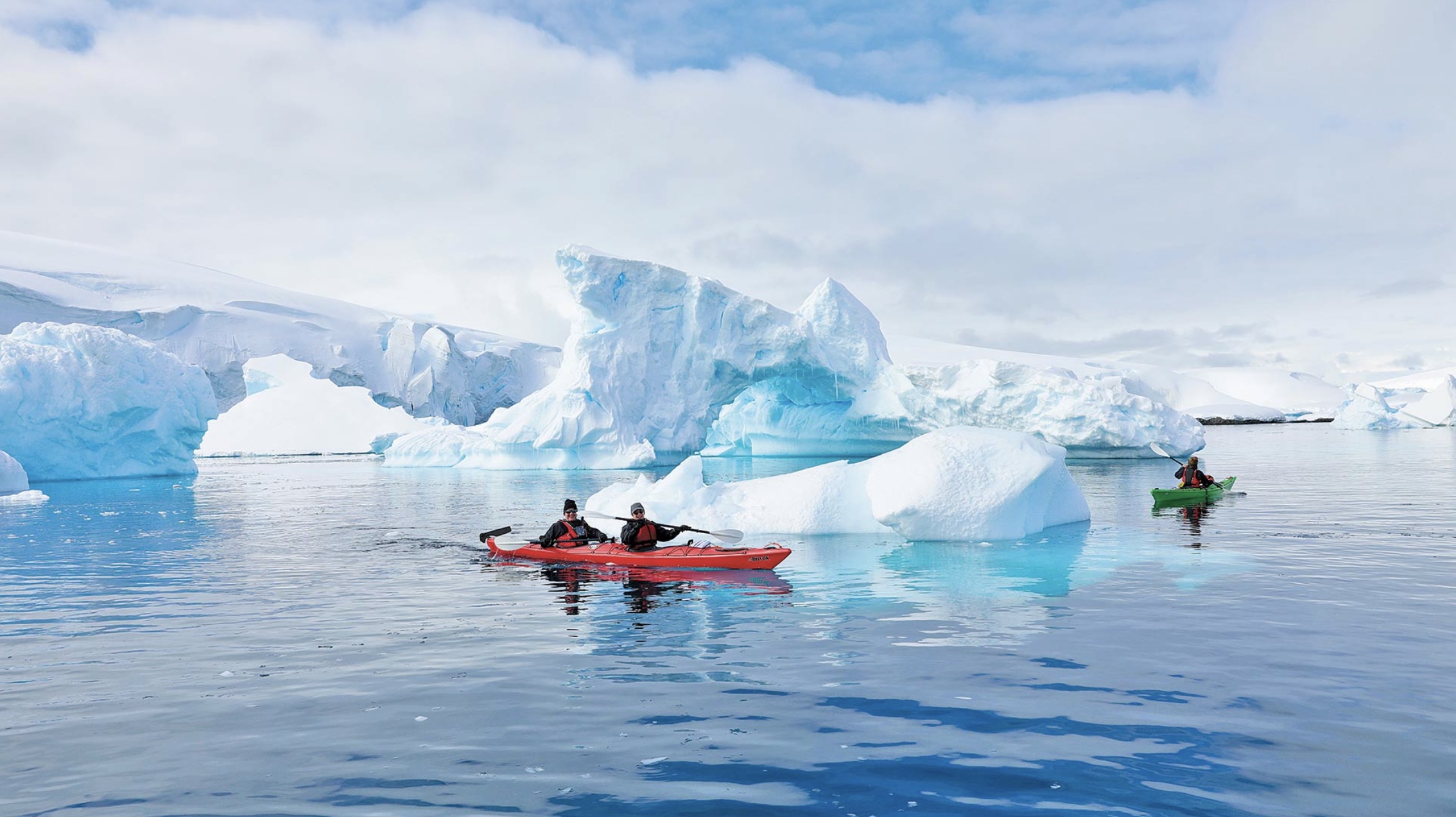
November – The Awakening of Antarctica
In November, Antarctica bursts back to life as penguin colonies establish their territories. Adelie, Gentoo, and Chinstrap penguins engage in dramatic courtship rituals, building nests of pebbles while partners bond and defend their spots. Weddell and Crabeater seals haul out onto the ice to rest and pup, offering unforgettable encounters from zodiac cruises. Early-season birdlife thrives, with snow petrels and skuas beginning their nesting season, while giant petrels soar overhead in search of prey. With pristine snow blanketing the landscape and fewer ships in the region, November offers an exclusive look at Antarctica’s raw and awakening wilderness.
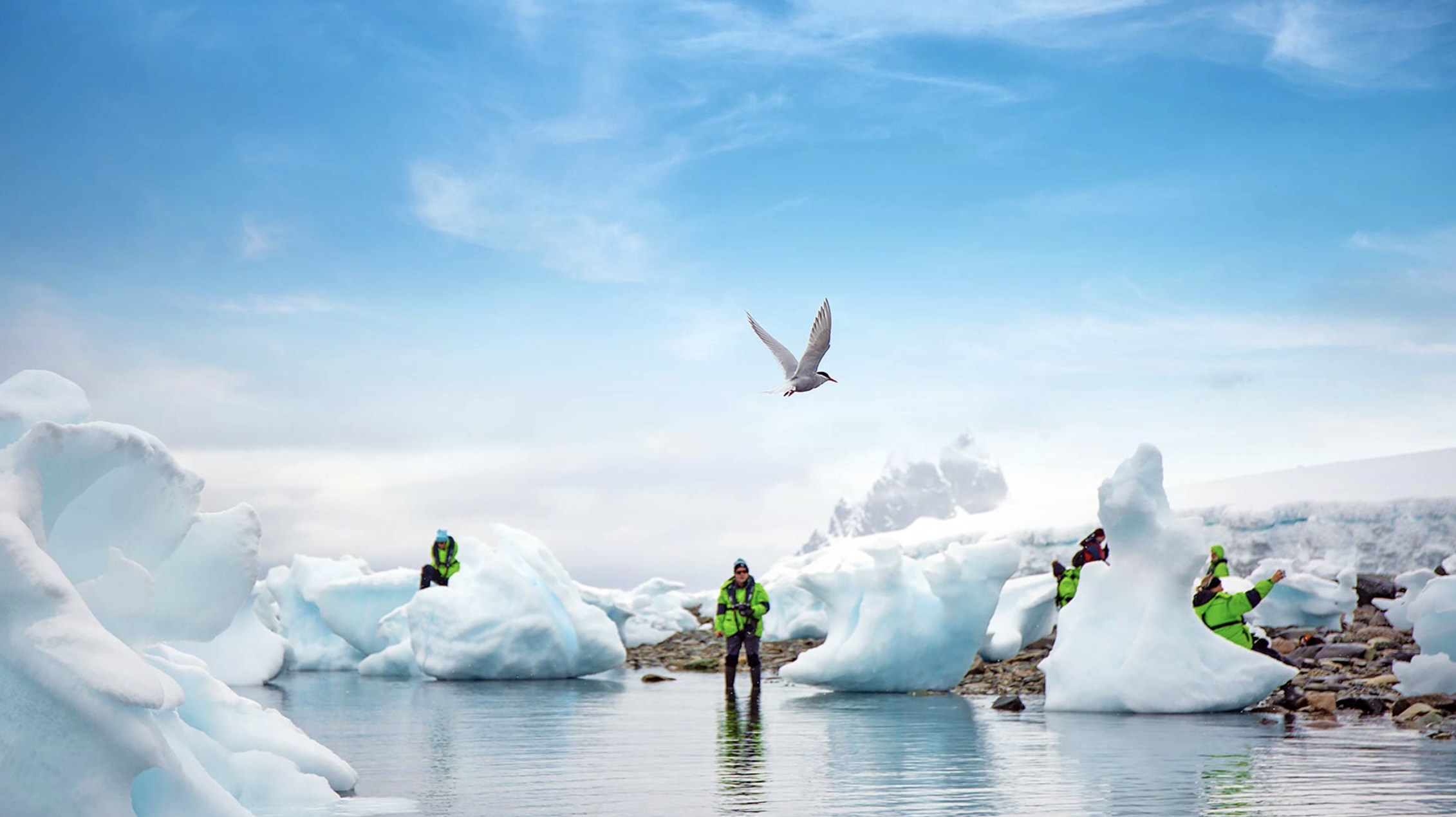
December – The Height of Light and Life
December brings nearly endless daylight, energizing both wildlife and explorers. Penguin rookeries are bustling—Gentoo, Adelie, and Chinstrap penguins incubate their eggs, while constant skua activity hovers above as opportunistic predators. Antarctic terns and petrels are busy nesting, while albatrosses glide across the open seas. Seal activity intensifies, with leopard seals patrolling penguin colonies and Antarctic fur seals establishing harems on the beaches of South Georgia. Minke whales begin to appear along the ice edge, and orcas are often spotted hunting in pods, thrilling travelers with their sleek speed and intelligence. This is Antarctica at its most vibrant.
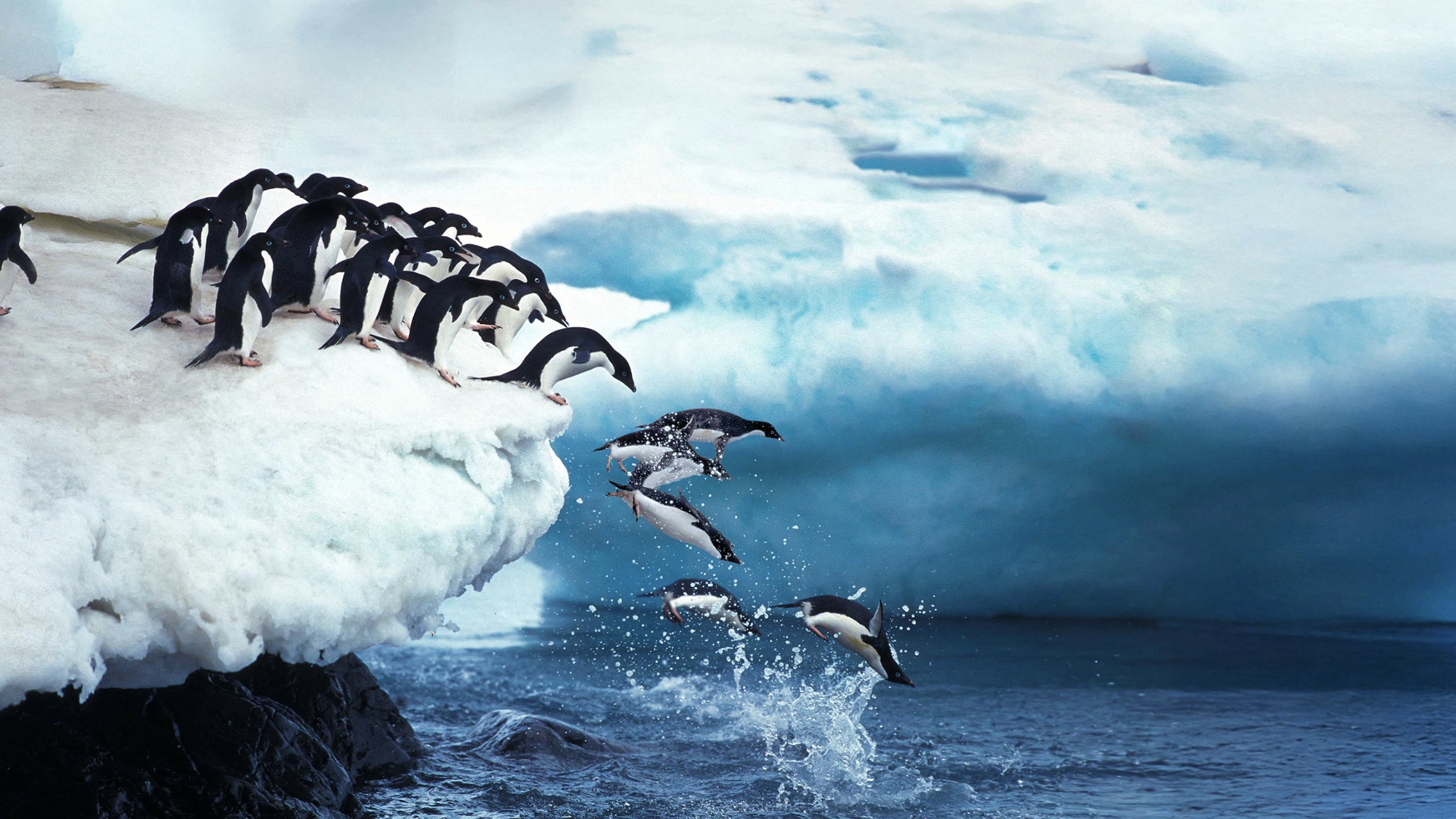
January – A Wildlife Spectacle
By January, the continent is alive with new generations. Penguin chicks begin hatching, creating a cacophony of calls in Adelie, Gentoo, and Chinstrap rookeries. Skuas and giant petrels circle overhead, preying on the weakest chicks, while Antarctic terns fiercely defend their nests. Leopard seals take advantage of the season, patrolling icy shallows for fledgling penguins. Weddell seals nurse their pups, and fur seals crowd beaches in large numbers. Meanwhile, humpback whales arrive in force, breaching and feeding in rich krill-filled waters, joined by inquisitive minke whales. With long days and calmer weather, January offers prime opportunities for wildlife encounters.
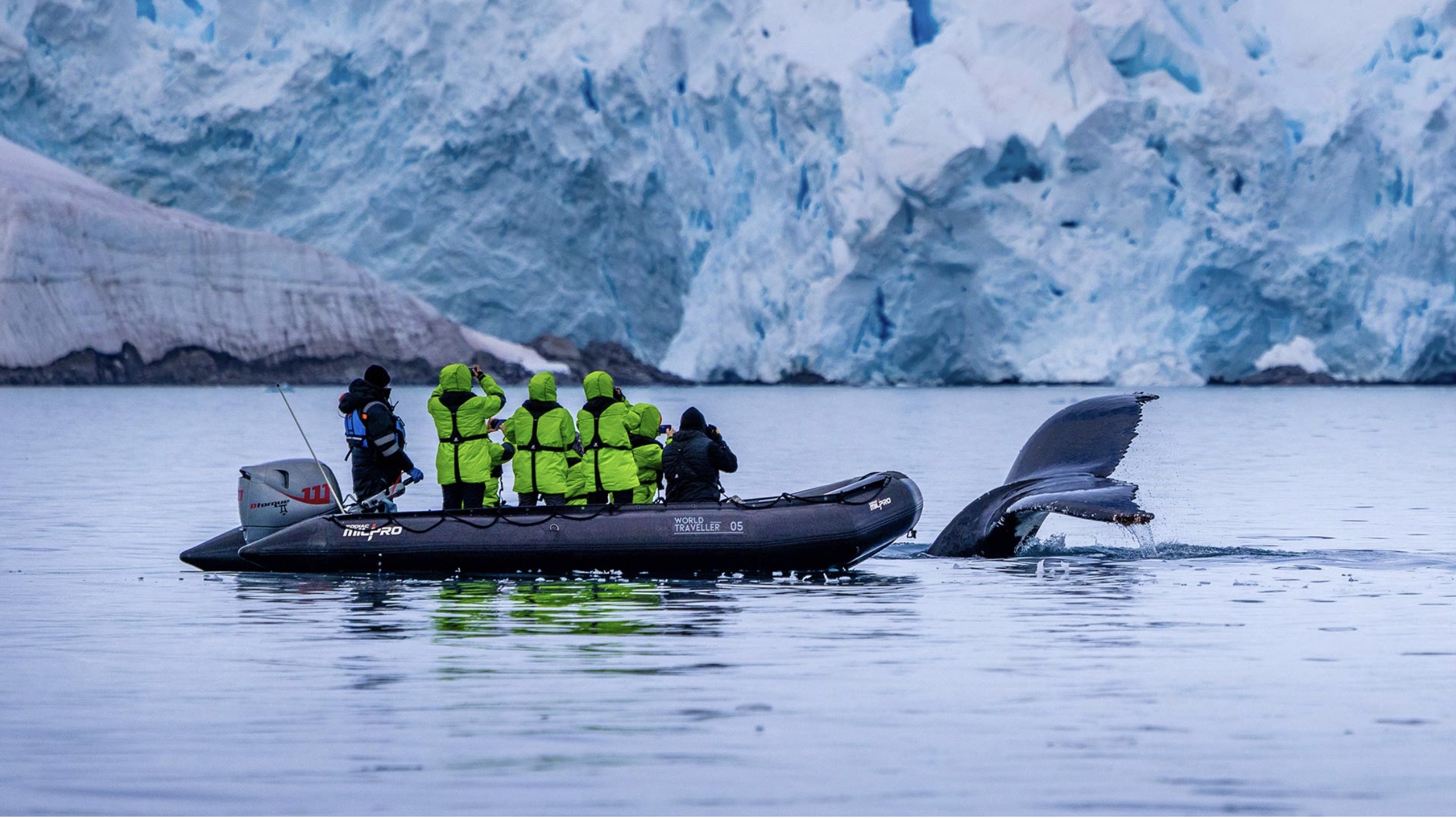
February – Whale Encounters and Penguin Chicks
February is peak whale-watching season as humpback, minke, and orca sightings become frequent and spectacular—often with displays of cooperative feeding and playful surface activity. Penguin chicks, now fluffy and curious, venture beyond nests, forming “crèches” for safety while their parents forage. Adelie, Chinstrap, and Gentoo colonies are alive with constant feeding trips. Giant petrels scavenge along the shorelines, while skuas continue their aerial raids. Leopard seals grow more active in pursuit of inexperienced chicks near the water’s edge. As sea ice recedes, expedition vessels venture deeper south, opening access to rarely visited bays teeming with life.
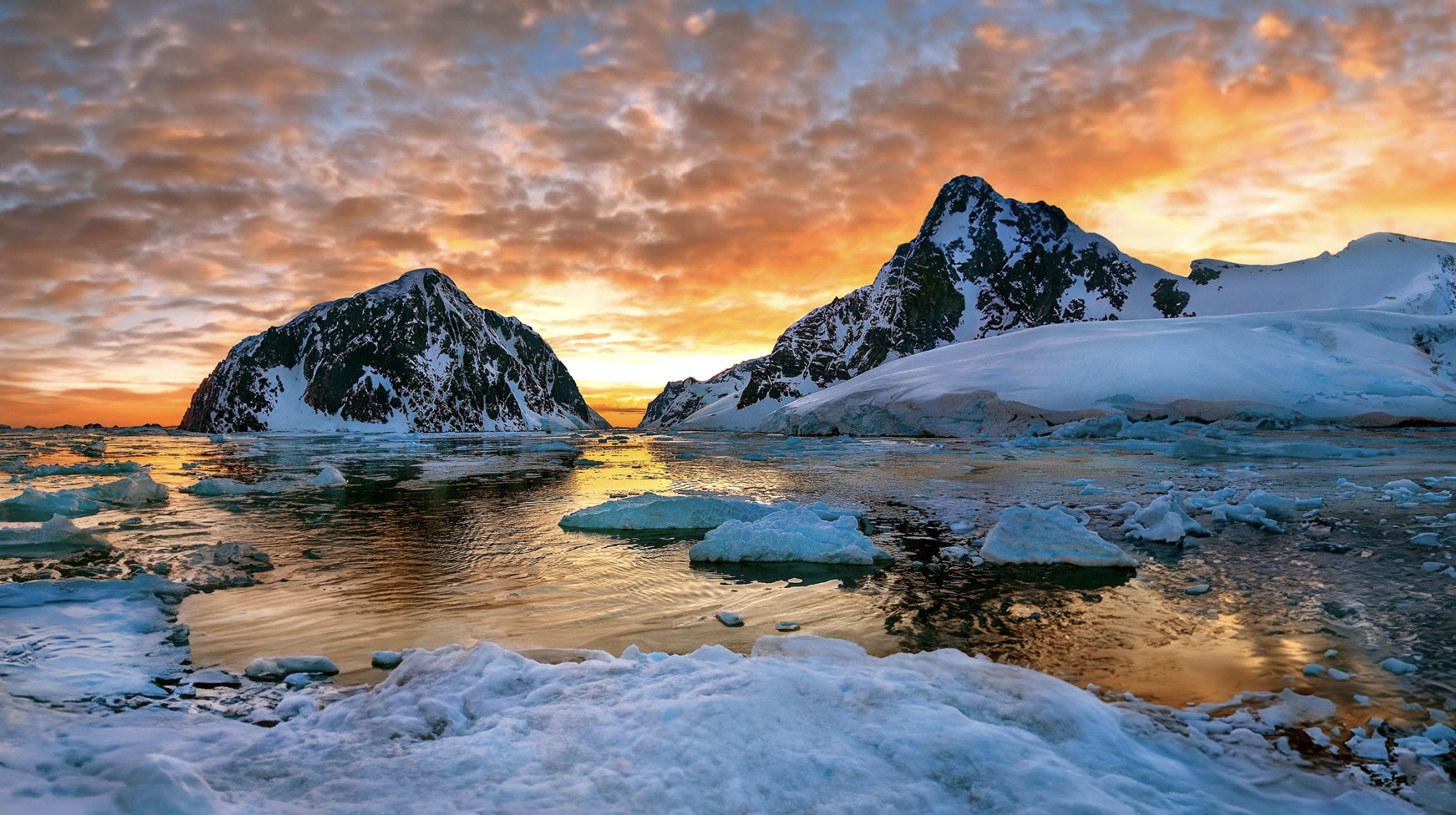
March – A Photographer’s Dream
March offers a dramatic finale to the Antarctic season, with striking sunsets, lengthening nights, and quieter seas. Penguin chicks begin to molt their down and prepare for fledging—an exciting moment for Adelie, Gentoo, and Chinstrap colonies. Skuas and petrels linger, feeding on the last vulnerable chicks. Fur seals and leopard seals remain abundant along rocky shores, while Weddell seals continue to rest on the ice. Whale activity peaks: humpbacks and minkes are seen gorging on krill before migrating north, sometimes lingering in great numbers for extended feeding displays. For the fortunate few, darkening skies may even reveal the elusive Southern Lights, a magical curtain call to an unforgettable season.